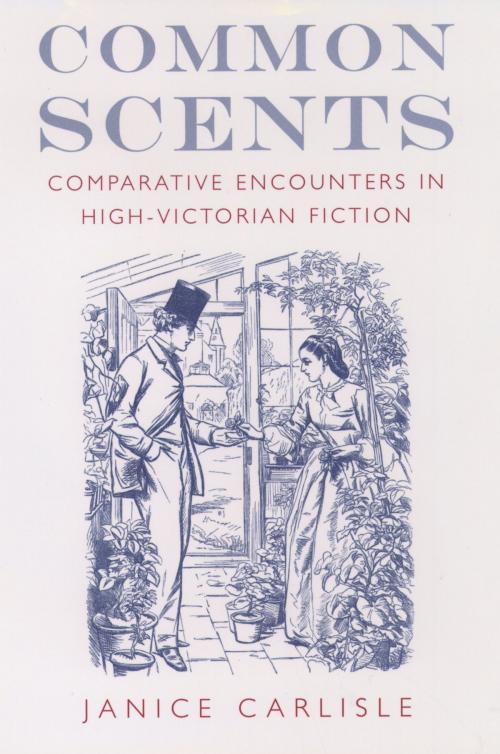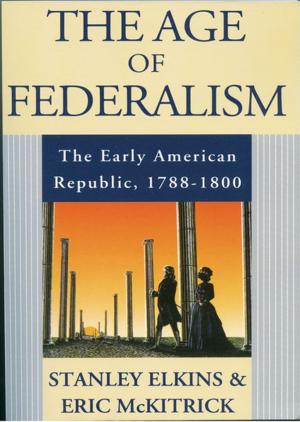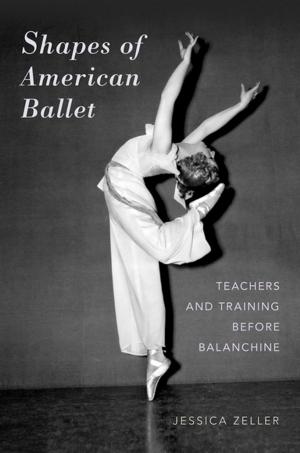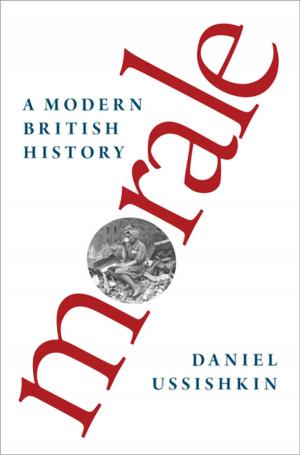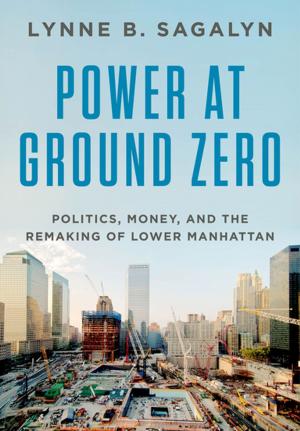Common Scents
Comparative Encounters in High-Victorian Fiction
Fiction & Literature, Literary Theory & Criticism, British| Author: | Janice Carlisle | ISBN: | 9780190290061 |
| Publisher: | Oxford University Press | Publication: | February 19, 2004 |
| Imprint: | Oxford University Press | Language: | English |
| Author: | Janice Carlisle |
| ISBN: | 9780190290061 |
| Publisher: | Oxford University Press |
| Publication: | February 19, 2004 |
| Imprint: | Oxford University Press |
| Language: | English |
Who smells? Surveying nearly eighty novels written in the 1860s to answer that impolite question, Common Scents provides a new reading of Victorian values, particularly as they assess the relative merits of men and women, spirit and matter. In depictions of comparative encounters, the commonplace meetings of everyday life, such fiction often registers the inequalities that distinguish one individual from another by marking one of them with a smell. In a surprisingly consistent fashion, these references constitute what cultural anthropologists call an osmology, a system of differentiations that reveals the status within a particular culture of the persons and things associated with specific odors. Featuring often innocuous and even potentially pleasing aromas emanating from food, flowers, and certain kinds of labor, novels of the 1860s array their characters into distinct categories, finding in some rather than others olfactory proof of their materiality. Central to this osmology is the difference between characters who give off odors and those who do not, and this study draws upon the work of Victorian psychophysiologists and popular commentators on the senses to establish the subtlety with which fictional representations make that distinction. By exploring the far-reaching implications of this osmology in specific novels by Dickens, Eliot, Meredith, Oliphant, Trollope, and Yonge, Common Scents argues that the strikingly similar plots and characterizations typical of the 1860s, responding as they do to the economic and political concerns of the decade, reconfigure conventional understandings of the relations between men and women. Determining who smells reveals what Victorian culture at its epitome takes for granted as a deeply embedded common sense, the recognition of whose self-evident truth seems to be as instinctive and automatic as a response to an odor.
Who smells? Surveying nearly eighty novels written in the 1860s to answer that impolite question, Common Scents provides a new reading of Victorian values, particularly as they assess the relative merits of men and women, spirit and matter. In depictions of comparative encounters, the commonplace meetings of everyday life, such fiction often registers the inequalities that distinguish one individual from another by marking one of them with a smell. In a surprisingly consistent fashion, these references constitute what cultural anthropologists call an osmology, a system of differentiations that reveals the status within a particular culture of the persons and things associated with specific odors. Featuring often innocuous and even potentially pleasing aromas emanating from food, flowers, and certain kinds of labor, novels of the 1860s array their characters into distinct categories, finding in some rather than others olfactory proof of their materiality. Central to this osmology is the difference between characters who give off odors and those who do not, and this study draws upon the work of Victorian psychophysiologists and popular commentators on the senses to establish the subtlety with which fictional representations make that distinction. By exploring the far-reaching implications of this osmology in specific novels by Dickens, Eliot, Meredith, Oliphant, Trollope, and Yonge, Common Scents argues that the strikingly similar plots and characterizations typical of the 1860s, responding as they do to the economic and political concerns of the decade, reconfigure conventional understandings of the relations between men and women. Determining who smells reveals what Victorian culture at its epitome takes for granted as a deeply embedded common sense, the recognition of whose self-evident truth seems to be as instinctive and automatic as a response to an odor.
